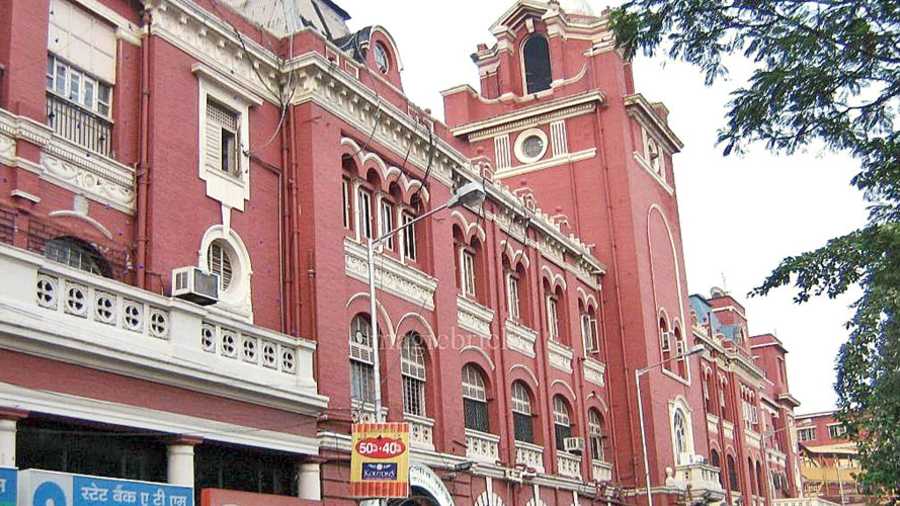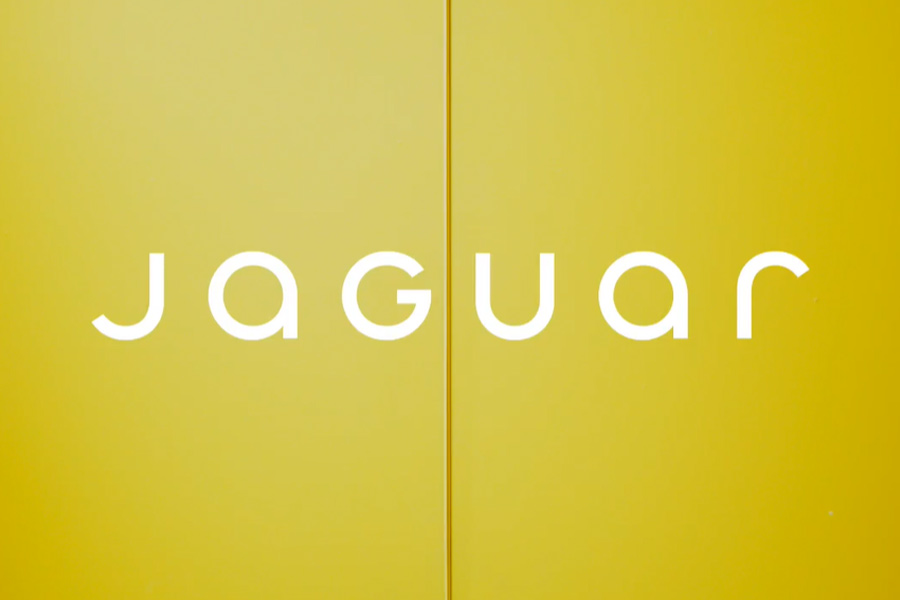The Calcutta Municipal Corporation (CMC) is considering charging a steep percentage of the valuation of an unauthorised structure as the regularisation fee, sources in the civic body said on Sunday.
The fee is paid to legalise construction that lacks the civic body’s approval. The CMC has a schedule of rates that determines the fee.
But civic officials feel the fee is too low to act as a deterrent against building unauthorised structures.
“A steep regularisation fee is likely to dissuade builders from raising an illegal structure because they will not be able to make much profit by selling it after paying the fee,” a CMC official said. The authorities hope builders and property owners would not want to construct any illegal structure if they end up paying an amount almost equivalent to the property’s valuation.
The civic body’s board of administrators has formed a committee of four board members to review the proposal to charge a large part of a building’s valuation (according to the inspector general of registration’s records) as regularisation fee.
The committee will meet on Monday to decide on the proposal, a member of the board said.
Under the existing system, the regularisation fee rate is uniform across the city. The owner of a 1,000-sq ft illegal structure on Park Street has to pay the same fee as the owner of an illegal structure of the same size in Garia.
But if the proposal to link the regularisation fee with the property’s valuation is approved, the rates will differ, said CMC officials.
The valuation of the Park Street property will be much higher than the one in Garia.
Construction relief
The CMC has decided to amend building rules to allow more construction in commercial properties in select zones.
An official said an additional .25 floor area ratio (FAR) will be allowed to commercial properties in these zones, which are classified as C-zones or commercial zones. “We have a list of places and select roads that fall in the C-zone. Builders can approach us to check if a place falls within the C-zone,” said the official.
The floor area ratio roughly decides the maximum permissible size of a structure coming up on a particular plot. The FAR value depends on the width of the road in front of the plot and the type of building (commercial or residential), among other factors.
“If the FAR value is increased for a plot, more construction will be allowed on it,” the official said.











